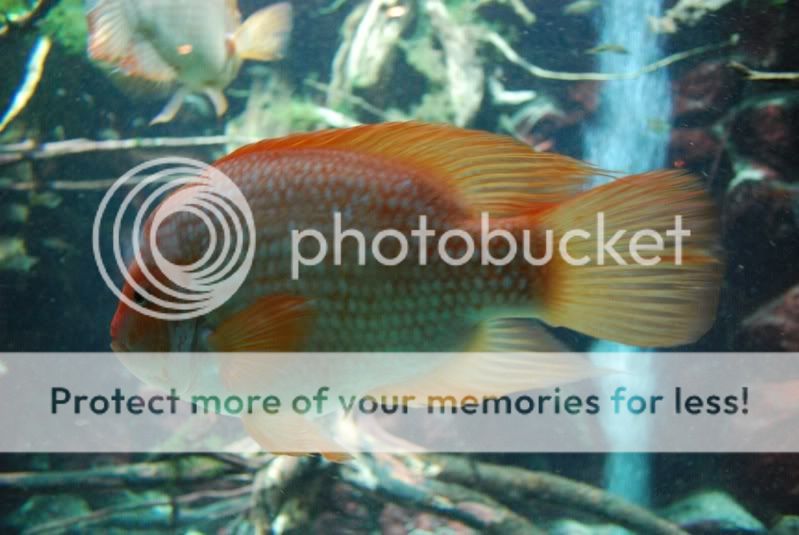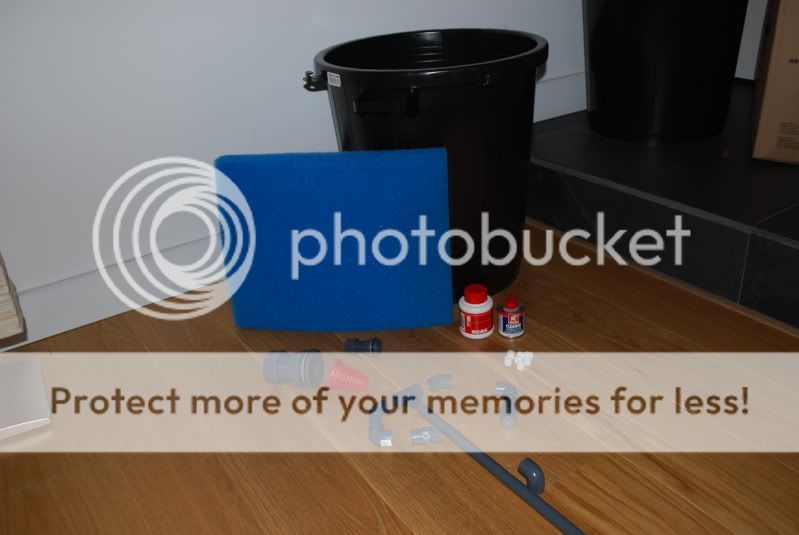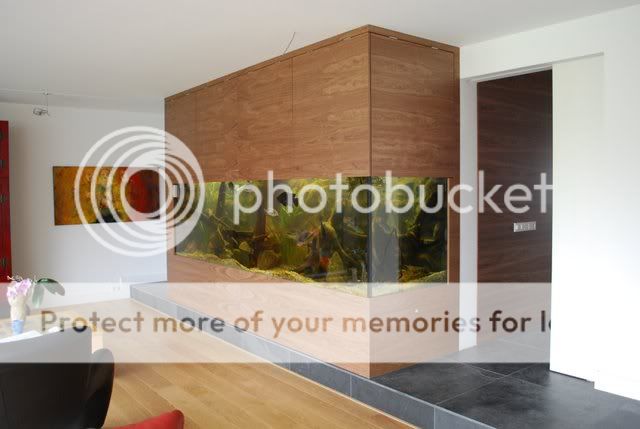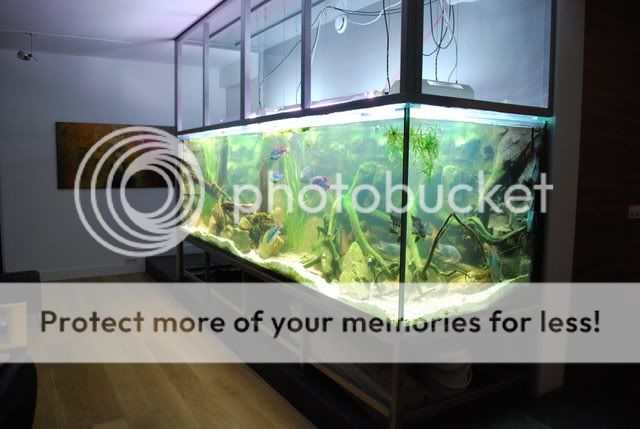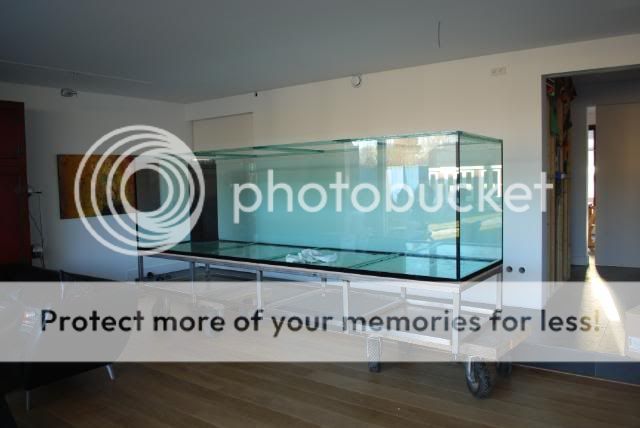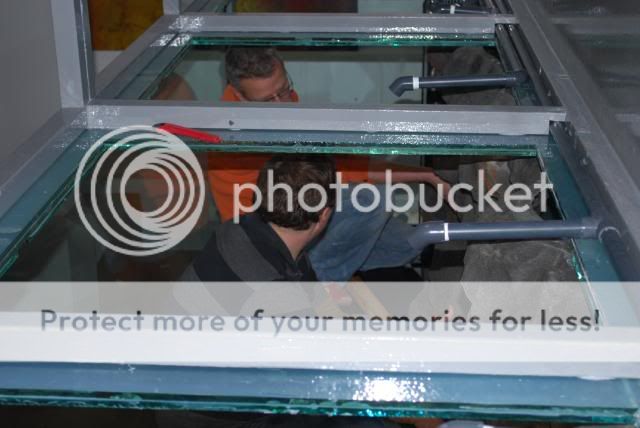After I, by accident, flushed the beadfilter into the tank (forgot to close one valve), I have been having issues with Blue Algae. After several large water changes it has become less and less, but it's still there. So I decided to buy/build a trickle filter. After some research I found the
Bio Crystal Shower Filter. The only disadvantage is that it has a heigt of 4 foot (125cm). The available space above the tank is approximately 3 foot (90cm), so I discussed with the shop if I could have the top 30cm removed. This was not possible...
The cool thing of this filter setup is that the water trickles through the tower/filter medium, and that it never fills up with water (the return/outflow must have a sufficient diameter). This allows the aerobe bacteria to brake down the nitrates much faster then if they were submersed (more oxygen in air then in water).
So I decided to build one myself:
I bought a plastic trashbin (80 liter, 13 euros), and created an inflow and an outflow. The outflow is 40mm in diameter and the inflow 22mm. I perforated the inflow, and zig-zagged it several times to ensure that the water would trickle equally through the medium.
This is how I placed it above the tank. It rests on the tank, and it is kept in place with
curtain wire ;-) The filter doesn't fill up with water, and the filter material is very light weight.
The filter material I used is
Sera Siporax. If you intend to use this high quality filter substrate I can recommend to buy 50liters at once (and e.g. share it with friends if it is too much), as the price will drop significantly when you buy in bulk.
And on top of the medium I placed blue foam in order to filter out the biggest dirt. As the tank is not a pond (leaves) and the other filtration systems is run by a 3170 gallon (12000 liter) pump I hope this foam is enough to keep the siporax from getting to dirty.
Now hopefully the Blue Algae vanish....once the trickle filter has build up enough BIO-filtration capacity....







